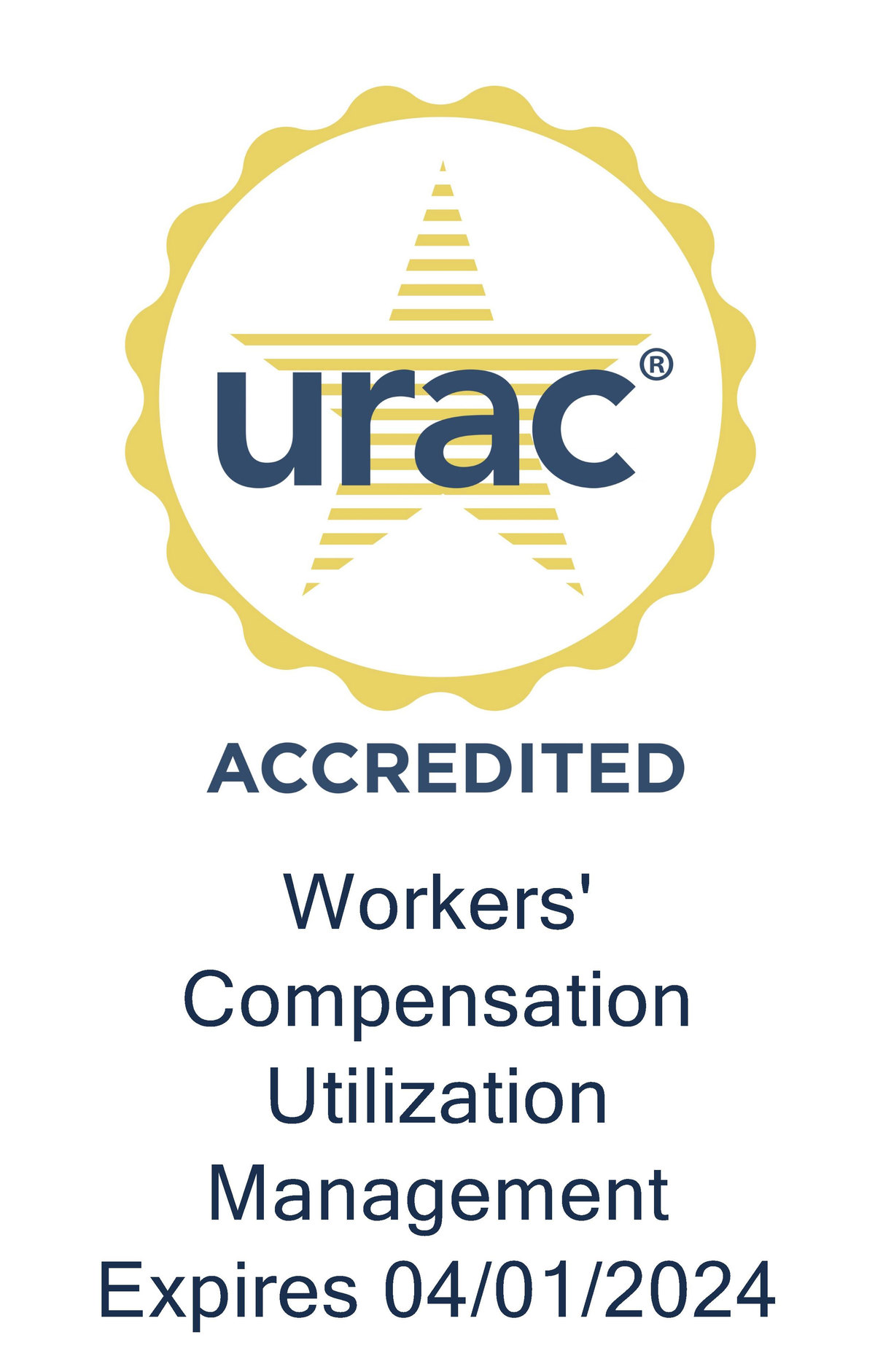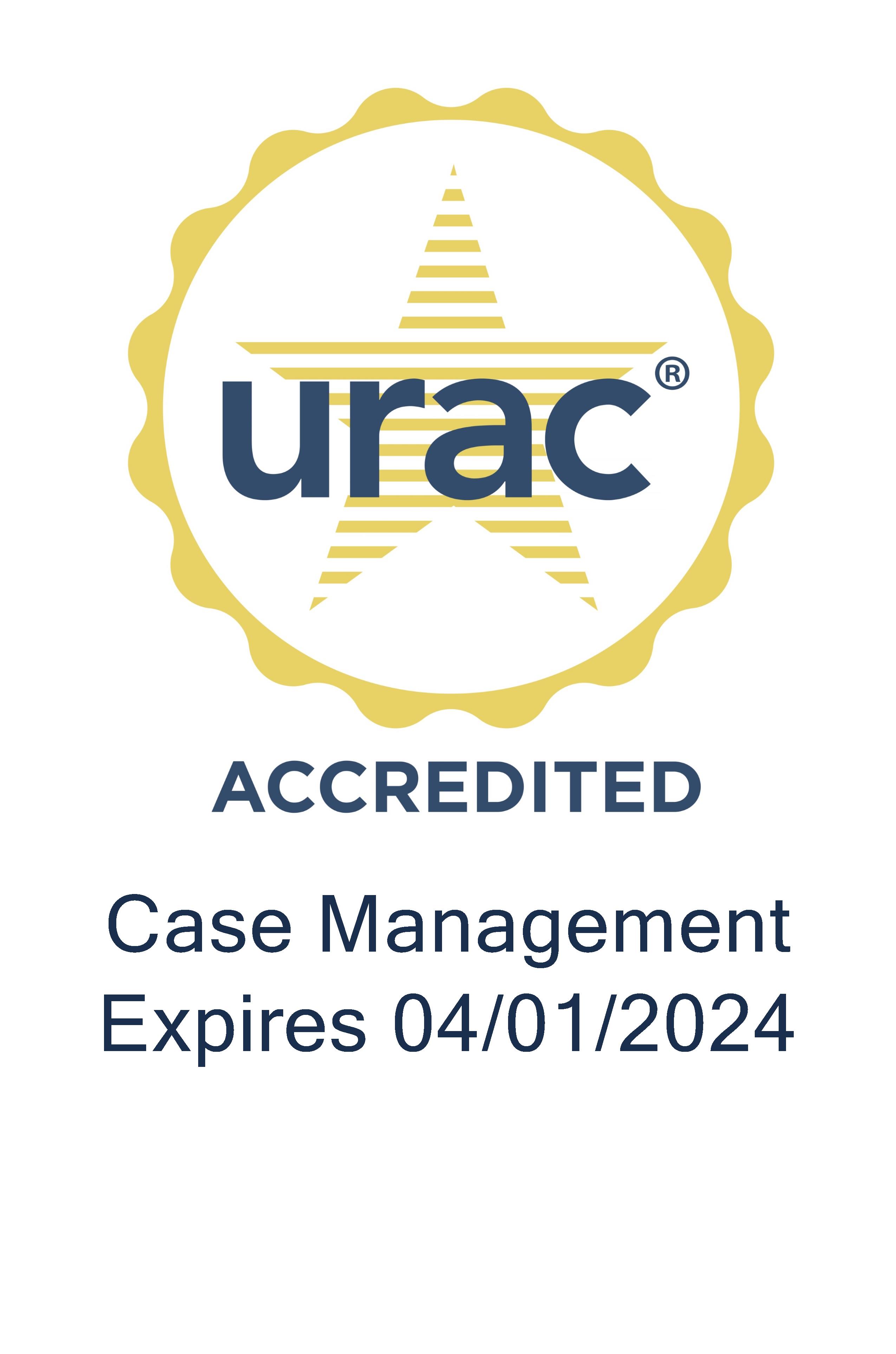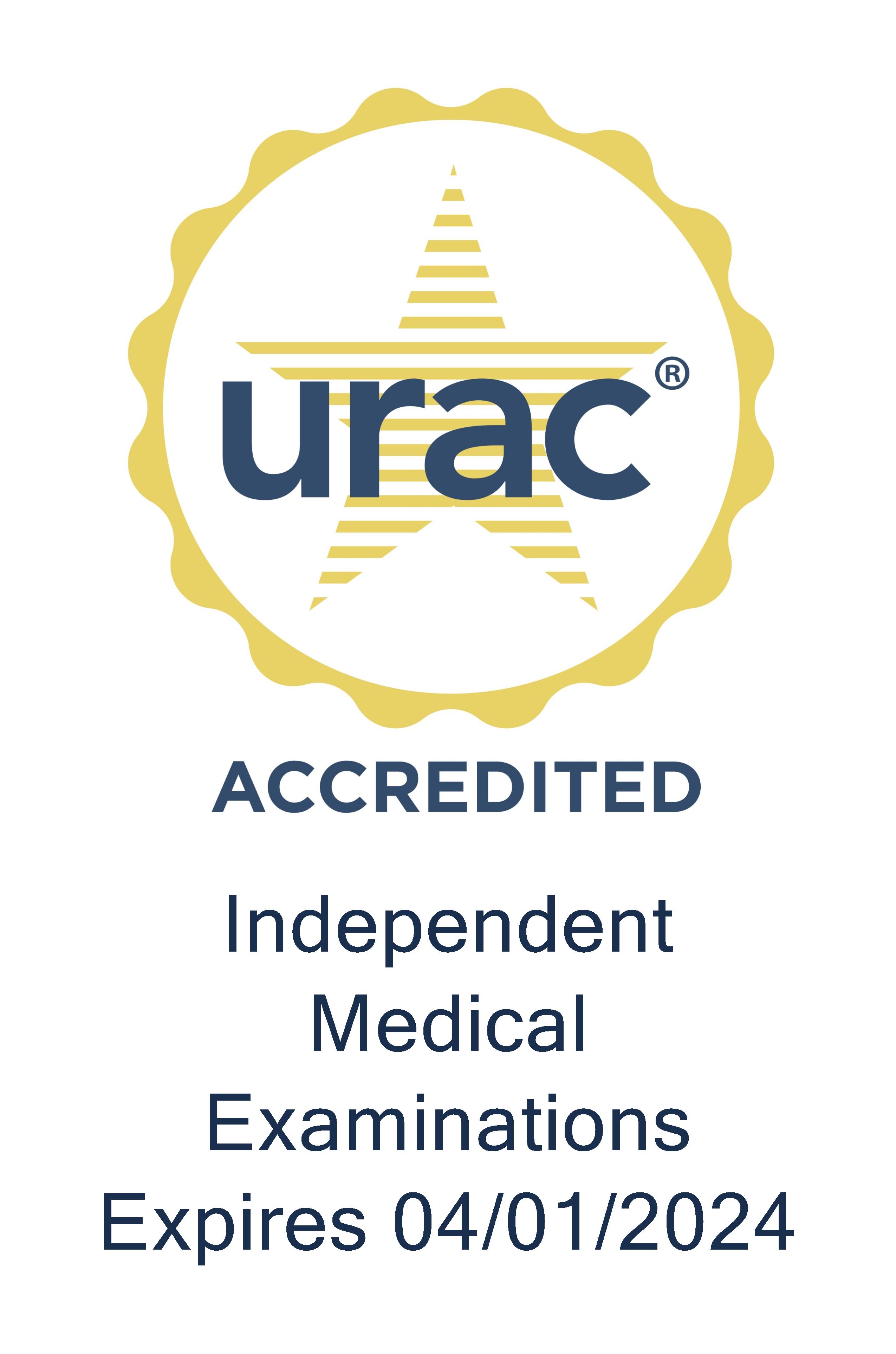The success of a utilization review organization depends on the quality of its physician network. This starts with taking careful measures to verify the credibility of reviewers to ensure good outcomes and prevent fraud. In today’s Inside Workers’ Comp, Genex’s Dan Maldonado explains what good UROs look for in hiring the best physicians.
Tom Kerr (TK): Dan, thanks for joining us.
Dan Maldonado (DM): My pleasure. Thanks for having me back.
TK: Why is it so important that UR physicians are credentialed?
DM: Well, it’s mandatory to remain in compliance with the regulations of many states, and also with the accreditation standards for URAC. The process of credentialing is to assess the academic and clinical qualifications of a physician. You need that information to ensure the physician assigned to a particular utilization review is the right match and will lead to the best clinical outcomes. Fundamentally, credentialing is insurance for quality utilization review determinations. In our organization, though, it’s more. For us, it’s our opportunity to make a great first impression with the physicians we bring into our network.
In our program, we view the physician reviewers as one of our most valuable assets. We entrust them with the claims we are making utilization review recommendations on. We want our physicians to be empowered to apply their clinical expertise to the reviews they complete, but at the same time we want them to be connected to the overall clinical philosophy and direction in our program. Having an effective balance there relies on having good relationships with the physicians in our network, and that begins with a great first impression during our recruitment and credentialing efforts.
TK: Tell us a little about the recruitment and credentialing process for UR physicians and what’s involved.
DM: We recruit physicians through several efforts. When possible, we attend conferences to recruit physicians to our network. This a good way to meet the physician’s in-person, which lends to that goal of having a great first impression. We do online advertising and connect with physicians through social networks. We also invite physicians currently in our network to refer colleagues that they think might be a good fit.
Looking to make that great first impression, we work hard to keep our credentialing procedures as convenient as possible for the physicians, while behind the scenes still thorough and robust to ensure best practices.
We leverage an online application that’s intuitive and easy to use. After a physician has submitted an online application, our team works to verify their credentials against primary sources. That means communicating with state and national agencies to verify licensures, board certifications, medical malpractice histories, and such. If an applicant’s credentials are successfully verified and match a need in our operations, we’ll contact the physician to offer a contract for work.
We like to make contact with the physician over video conference. We find it goes a long way for physicians to meet with our team face-to-face. They get to meet our Director of Recruitment & Credentialing, putting a face to our organization. And we likewise get to put a face to the physician reviewer potentially joining our network. That not only provides us the opportunity to verify their identity, but also allows us to have that human interaction and again make that great first impression.
The remainder of the process, including contracting, is completed online at the convenience of the reviewer.
TK: Have UROs gotten in trouble by not verifying the credentials of their physicians?
DM: Absolutely. Stakeholders routinely file complaints and grievances that call into question the qualifications of the physician that may have rendered a utilization review determination. If that happens, UR organizations have to evidence to state departments and accreditation agencies that proper credentialing procedures were followed and documented. If that’s absent, penalties can be assessed, and certificates or accreditations can be revoked.
TK: Do you expect the industry to become more focused on regulating URO recruiting/credentialing?
DM: I see our industry is certainly focused on UR organizations having robust credentialing policies, but I don’t see any developments at the state or regulatory level to enforce stricter standards.
I do think it’s important for all UR organizations to remain diligent in their credentialing procedures.
TK: What does a quality URO do to ensure they’re recruiting and hiring quality physicians?
DM: Having detailed and thorough credentialing policies, and ensuring they are followed on a consistent basis is certainly the foundation to ensure quality physicians are being recruited and contracted.
For us, again, this is our opportunity to make a great first impression, and we like to meet the physicians applying to our organization, even if that’s simply a video conference, to contribute to our evaluation on whether they would be a quality physician to contract with.
It’s also important to have regular quality audits on the reviews and reviewers, to ensure that physicians continue to adhere to all applicable laws and standards that promote the best clinical outcomes from utilization review.
TK: What can workers’ comp organizations do to ensure their URO is hiring quality physicians who are experienced in workers’ comp?
DM: Ask! I think it’s an important discussion to have with your UR organization, and perhaps one that can sometimes be easy to overlook.
UR physicians impact all stakeholders on a workers’ compensation claim when they render a determination of medical necessity. It’s important to know how your UR organization recruits and credentials the physicians in their network, as a critical element of the clinical outcomes they will achieve on the decisions of medical necessity.
In our organization, the human component of that process is paramount, from our recruitment of physician reviewers, to the injured workers who’s medical care our physicians review.
TK: Thanks, Dan. In our next Inside Workers’ Comp, we’ll look at another industry trend that is impacting the profession. Until then, thanks for listening.






